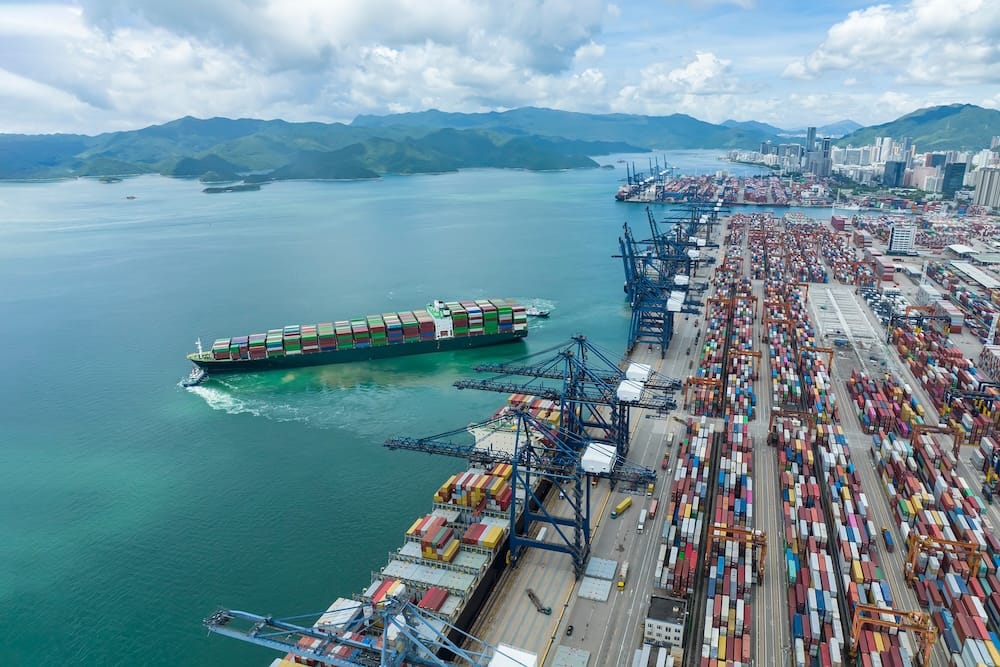

Trade War Takes Toll on China's Growth
China's economy is facing significant challenges as trade tensions with the United States continue to impact its growth. Data released in recent weeks shows a noticeable slowdown in key economic indicators for April, reflecting the strain of high tariffs and ongoing disputes. Industrial output, retail sales, and investment figures all point to a broader weakening, raising concerns about the sustainability of China's economic momentum.
This downturn comes after a period of heightened friction with the U.S., where tariffs imposed on Chinese goods disrupted supply chains and reduced export demand. While both Washington and Beijing have recently scaled back some of these measures, the damage to confidence and business operations lingers. Analysts note that the uncertainty surrounding future trade policies continues to weigh heavily on manufacturers and investors alike.
Key Economic Indicators Signal Trouble
Official statistics from China's National Bureau of Statistics reveal that industrial production growth slowed to 5.4% in April, down from 6.5% in March. Retail sales, a critical measure of consumer spending, grew by only 7.2%, marking the slowest pace since May 2003. Fixed-asset investment, which includes spending on infrastructure and property, also decelerated, expanding by just 6.1% in the first four months of the year compared to 6.3% in the prior period.
These figures underscore the broader impact of trade barriers on China's domestic economy. Exports, a major driver of growth, have been hit hard by U.S. tariffs, with shipments to the American market declining significantly. This has led to factory slowdowns and reduced corporate earnings, further dampening economic activity across multiple sectors.
The property sector, another pillar of China's economy, is also showing signs of strain. Real estate investment growth dropped to 11.9% in April from 12% in March, reflecting tighter credit conditions and cooling demand. With external and internal pressures mounting, policymakers face a complex challenge in stabilizing growth.
Government Response and Future Outlook
In response to these economic headwinds, Beijing has rolled out a series of measures aimed at bolstering growth. These include tax cuts, increased infrastructure spending, and efforts to ease credit access for small and medium-sized enterprises. However, experts caution that these stimulus efforts may take time to yield results, especially as global demand remains uncertain.
A spokesperson from China's Ministry of Commerce stated, 'We are committed to stabilizing foreign trade and expanding domestic consumption to counter external challenges.' This reflects a dual focus on mitigating the impact of trade disputes while fostering internal economic resilience. Yet, with negotiations with the U.S. still ongoing, the path forward remains unclear.
As China navigates these turbulent waters, the interplay between trade policy and economic performance will be critical. The recent de-escalation of tariffs offers a glimmer of hope, but sustained recovery will depend on restoring business confidence and securing stable trade relations. For now, the world's second-largest economy remains under pressure, with ripple effects felt across global markets.
Dues are $12 per year. Member benefits:
✅ Ad-Free Website Viewing
✅ Advocacy for Republican Seniors
✅ 120+ Senior Discounts
✅ Member Only Newsletters